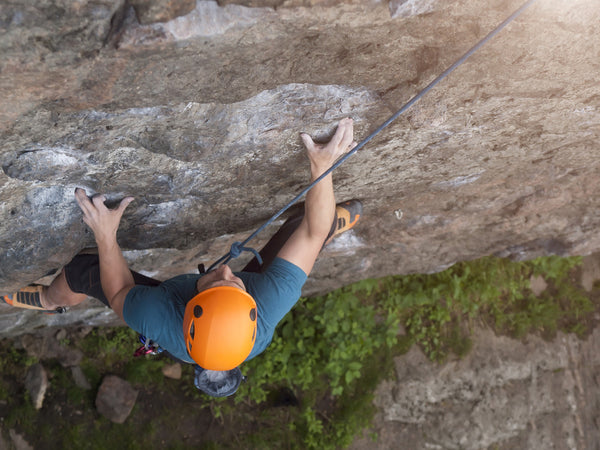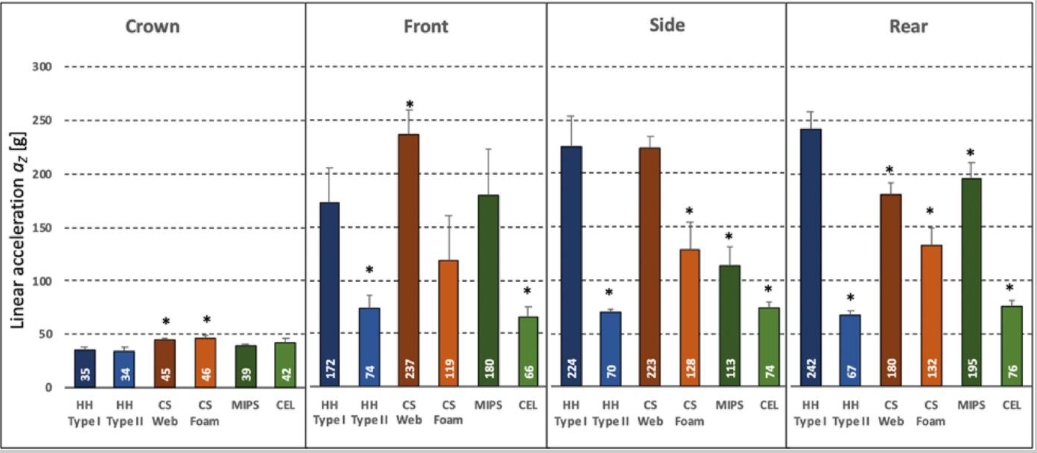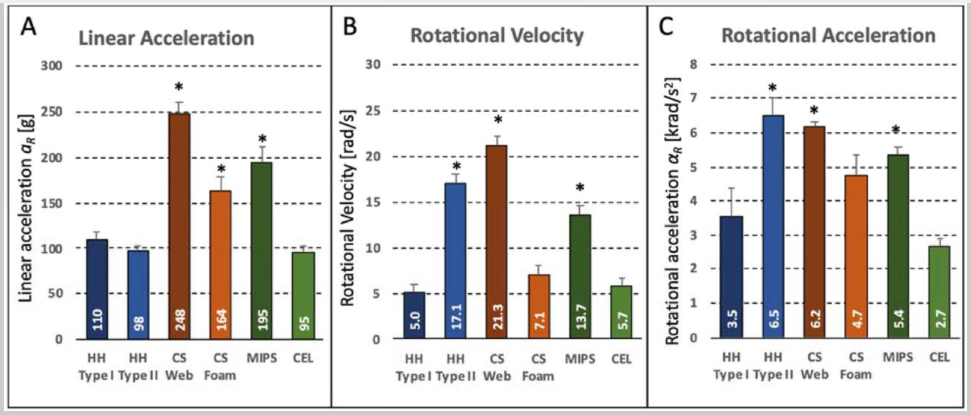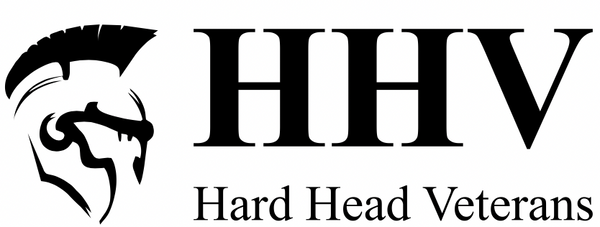Safety helmets are gaining in popularity and reputation — but some reviews and research question the benefits
The idea that safety helmets are superior to traditional hard hats is getting traction in the trades. Proponents say they are safer, and hard hats are somewhat outdated. But what’s the real deal on safety helmets vs hard hats? Is one truly a winner?
The two types of PPE are comparable in significant ways if they meet minimum ANSI head protection standards. However, some reviewers complain about safety helmets’ weight and heat during long days on the job site. And research published in a peer-reviewed journal reports that hard hats offer more protection in key respects.
The researchers conducted tests that simulated impacts from objects and falls, finding:
- Type I hard hats, Type II hard hats, and hard hats with CEL rotation-dampening tech outperformed all Type I safety helmets in Head Injury Criterion (HIC-15). HIC-15, used by the National Highway Traffic Safety Administration (NHTSA), measures the severity of head injuries.
- A foam-lined safety helmet significantly outperformed Type II hard hats but not Type I or CEL hard hats in Abbreviated Injury Score of 2 (AIS2). The metric was developed by the Association for the Advancement of Automotive Medicine “to classify and describe the severity of injuries.”
- All hard hats studied outperformed all safety helmets in Combined Probability of concussion (CP).
This blog goes over these results and more:
The basic differences between hard hats and safety helmets
Hard hats
Hard hats might need little explanation since they’ve been around for so long. But let’s review the essentials. They are made of some mix of plastics, carbon fiber, fiberglass, and resins that creates strong, lightweight PPE. The shell sits off the wearer’s head a bit, with a suspension providing a snug yet comfortable fit.
All hard hats used in the US must meet the performance specified by the American National Standards Institute’s (ANSI) Standard for Industrial Head Protection (ANSI/ISEA Z89.1). The most important ways ANSI classifies them are:
- Type I hard hats protect from blows and penetrations to the top of the head.
- Type II safeguards the top of the head but also protects against front, back, and side
- Electrical protection: Class C (Conductive; no protection), Class G (General; up to 2,200 volts), or Class E (Electrical; up to 20,000 volts)
Hard hats are light, comfortable, and durable and have prevented or lessened innumerable injuries on job sites.
Construction safety helmets
This headgear evolved from the helmets climbers use, and many safety helmets are indistinguishable from those models. That's why they are often called "climbing-style helmets" in addition to "construction safety helmets.” The biggest difference between this PPE and hard hats is in their respective names: one is a bit more like a hat, the other a helmet.
Safety helmets sit lower on and closely surround the head, usually with a foam liner contacting the hair and skin. This aspect provides one of safety helmets’ purported benefits: more protection surface area on the sides and back of a wearer’s head:

This graphic from MSA is a great way to see the physical differences. Safety helmets have more coverage via those side and back lips, which is augmented by the headgear sitting lower on the head.
The other big difference is that all safety helmets have chin straps that prevent them from falling off. This can be a benefit for individuals working at significant heights and otherwise since "falls, slips, and trips" cause a bit more workplace injuries (18%) than “contact with objects/equipment” (16.7%).
Nevertheless, it’s important to point this out: you can put chin straps on hard hats.
Otherwise, safety helmets are a bit heavier than hard hats. Depending on the material, most hard hat weights vary between just 13 ounces to a little over a pound. In contrast, safety helmets weigh over a pound, sometimes significantly so.
Finally, safety helmets are usually (though not always) more expensive than hard hats. Prices vary, but hard hats range from as little as around $10 to $150+ for super fancy models. Safety helmets also have a range but start around $35, so the average is higher. Many are much closer to $100 than $0.
But here’s one way that safety helmets and hard hats are indistinguishable: safety helmets’ essential, minimum protection levels and classifications must also meet the ANSI/ISEA Z89.1 standard (and similar standards worldwide). Thus, safety helmets are also ANSI-rated as Type I or Type II and Class C, G, or E.
You’ll always get the minimum required protection, whichever headgear you choose.
So, what about the claims that safety helmets are better and, most importantly, safer?

“Construction safety helmets” are essentially “climbing-style helmets.” Their greater visibility (no brim), chin strap, and head-hugging design make sense for climbers and others doing similar activities.
Reviews of safety helmets
Again, advocates of safety helmets make some strong claims. For example, this manufacturer states they “offer better protection and fit,” this seller says “they are safer,” and this article characterizes them as “an investment in heightened jobsite safety.” These are pretty sweeping statements.
We can push back on these claims while acknowledging the value of all PPE. Headgear that meets ANSI/ISEA Z89.1 and other standards offers reasonable protection. And a chin strap is undoubtedly helpful in mitigating fall injury risks.
However, whether safety helmets have a “better fit” is subjective, doubtful, and important when comfort and compliance are involved. Safety helmets are heavier and allow less air circulation around the head — which is relevant when working long hours in hot weather. Some reviews, like a few on this Milwaukee safety helmet, cite these concerns:
- “My company switched to this style hard hat... It is very hot, poor circulation, straps dig into neck and beard, and overall, very uncomfortable.”
- “Not only is it heavier than my full brim hard hat but sweat collects badly in this hat. Every time I bend over, it just pours out and runs down my face like a faucet into my sunglasses.”
There are also mixed to positive reviews on the same helmet, however:
- “Pros: Surprisingly VERY comfortable!!! [Though] noticeably heavier than a traditional hard hat Hotter than a traditional hard hat. Overall: I wouldn't wear this if not site required but if required it is very comfortable and the features are great!
- “Pros: Surprisingly comfortable […] Cons: Heavier than a typical hard hat Quite hot, even with vents!”
Others on various models, such as these Amazon reviews (always take those with a grain of salt and look at the aggregate), are simply positive:
- “Lightweight breathable comfortable”
- “Our crew find them more comfortable and no longer concerns of having the helmet blow off when working at heights, around traffic or airfields.”
The takeaway here is that comfort and fit are subjective.
There are pros and cons regarding various hard hats, too, but concerns about the weight and heat of safety helmets are something to consider. Whether this is a big deal is up to the wearer, company, and job site. However, compliance with wearing PPE is the most critical step toward making people safer.
Safety helmet advocate Adam Kerzel, product manager for Head Protection and PPE Customization at Milwaukee Tool, makes this case in one of the articles mentioned above (emphasis added):
“It’s critical that manufacturers are innovating and challenging those trade-offs to make sure that people are equipped with the best protection as well as ensuring that they’re willing and able to wear it all day on the job site.”

Temperature and comfort are big PPE considerations.
A study on the performance of safety helmets vs hard hats
Unfortunately, current research doesn’t say that safety helmets make people safer. And a study published in Helyion, a peer-reviewed science and tech journal, contradicts the idea.
Before we get into the results, it's important to note a potential conflict of interest. The researchers compared the following helmet types, with the first serving as the control that everything else was measured against:
- Traditional Type I full-brim hard hats
- Traditional Type II full-brim hard hats
- Type I climbing-style safety helmets with “a 6-point harness webbing and EPS liner”
- Type I Climbing-style safety helmets with “a full thickness EPS foam liner”
- Climbing-style helmets with a rotation-dampening “MIPS cradle”
- A full-brim hard hat with a WaveCel rotation-dampening liner
Some of the study’s authors “have previously received NIH awards for research on CEL technology described in this manuscript, are co-inventors of the CEL technology, and have a financial interest in the company that owns this technology.” So, they have a vested interest in the last headgear type coming out on top — and it did, in many respects.
The CEL hard hat showed lower “head acceleration” for “impacts representative of falls” and "side and rear impacts" when "compared to crown impacts." Lower acceleration is what you’d expect from “rotation-dampening” tech.
Nevertheless, it’s important to note that openly stated conflicts do not invalidate research involving hard numbers that should be reproducible by others. We encourage you to read the complete study and make your own judgments.
For this blog, we’ll cover the CEL hard hats but focus on the results regarding standard headgear. What would be perhaps surprising to many (and maybe the study’s authors) is that the traditional hard hats outperformed the safety helmets in many key respects.
For example, the testers dropped various parts of the shells onto a hemispherical anvil to measure linear acceleration and assess “impacts representative of falling objects.” (This is one of the tests specified in the ANSI/ISEA Z89.1 standard.) A lower linear acceleration number is better, of course. Here are the results:

From left to right:
- Crown: Notice that two middle safety helmets performed the worst here; those asterisks denote statistically significant differences from the Type I hard hat control.
- Front: Type II hard hats and the CEL had hat beat Type I hard hats and all safety helmets, though the differences for two of the safety helmets weren’t statistically significant from the control. The webbed safety helmet did significantly worse.
- Side: All headgear except the webbed safety helmet performed better than the Type I hard hat, but a Type II hard hat performed the best in raw numbers.
- Rear: Every model beat the Type I hard hat in a statistically significant way, but the Type II hard hat had the best number (by far compared to the three safety helmets).
The researchers also conducted “impact testing representative of falls.” They dropped a dummy head wearing PPE into an anvil tilted at 30 degrees, measuring the linear acceleration, rotational velocity, and rotational acceleration:

From left to right:
- Linear acceleration: All safety helmets did not do well against the Type I hard hat control, and Type II and CEL hard hats also outperformed the safety helmets.
- Rotational velocity: In contrast, foam safety helmets (the most common type) and CEL hard hats had no statistically significant difference from the Type I hard hat control (a good result). Type II hard hats, webbed safety helmets, and MIPs safety helmets did worse here.
- Rotational velocity: Foam safety helmets and CEL hard hats outperformed the control; the rest of the PPE, including Type II hard hats, did not.
The testers also assessed neck compression during the fall test, and all hard hats shined here — the safety helmets did not:

Could extra weight account for this — or more ‘give’ due to the added room and specific suspension in hard hats?
Finally, the researchers applied the previous results to assess “injury probability” in three ways:
- The Head Injury Criterion (HIC-15) used by the National Highway Traffic Safety Administration (NHTSA), which is based on linear acceleration numbers.
- An Abbreviated Injury Score of 2 (AIS2). This metric was developed by the Association for the Advancement of Automotive Medicine “to classify and describe the severity of injuries.” It stems from the peak rotational velocity numbers and assigns a “probability of brain injury.”
- A Combined Probability (CP) of Concussion, based on the peak velocity and acceleration results. The CP score is a benchmark derived from a previous study of concussions in football players.
Here are the consolidated results:

As you can see:
- Type I, Type II, and CEL hard hats significantly outperformed safety helmets in Head Injury Criterion (HIC-15).
- Type I hard hats, foam safety helmets, and CEL hard hats outperformed everything else in Abbreviated Injury Score of 2 (AIS2)
- Type I hard hats, Type II hard hats, and CEL hard hats outperformed all compared safety helmets in concussion probability (CP) — though Type II hard hats did perform worse than the control in a statistically significant way. Nevertheless, the raw numbers for Type II are still positive versus all the safety helmets.
Are these results definitive in the safety helmets vs hard hats debate?
Not quite. They are important but don’t account for every headgear type someone might wear and injury they might encounter. For example, the dummy heads were dropped at a 30-degree angle onto the anvil in the fall test (nearly crown-on), based on a protocol for the "impact performance of bicycle and snow sport helmets.” So, how would the headgear fare on falls landing on the side or back? In addition, all the safety helmets tested were rated as Type I — so how would Type II versions do?
Nevertheless, the researchers provided evidence that the studied safety helmets are not superior to traditional hard hats in some important metrics and situations. And claims that safety helmets are universally better simply don’t hold water without sufficient data. We agree with the authors’ conclusion:
“Contemporary helmets do not necessarily deliver improved protection from impacts and falls compared to traditional hardhat helmets.”
Regular hard hats acquitted themselves well in this research, with traditional Type II models arguably having the best overall performance in addition to the CEL hard hats. Put a chin strap on an ANSI/ISEA Z89.1 Type II hard hat; some of the claimed advantages of safety helmets aren’t necessarily there.
We'd like more data comparing Type II safety helmets with other headgear and side-by-side research focusing on penetration resistance. The distance between the wearer's head and the hard hat's shell may help here. In addition, the room for more padding might provide different impact benefits.
Safety helmets vs hard hats: our hopes for the future
Hard Head Veterans enthusiastically supports advances in protective headgear, and we certainly don’t want to tear down safety helmets. As long as PPE meets ANSI and other worldwide standards, it will help keep people safe.
Safety helmets might also have advantages in specific applications, such as working from heights in certain settings. And the fact that the trades are searching for better ways to protect workers and mitigate risks is always a fantastic thing.
Nevertheless, we’ve seen some outsized claims about the evident superiority of “construction safety helmets” over “traditional hard hats.” And the data isn’t there to support them.
We hope that more researchers look at this issue with well-designed, peer-reviewed studies. We’ll highlight the results, regardless of what they are!
Check out the rest of the Hard Head Veterans blog to learn more about hard hats, head injuries, and more. Here’s a look at the ANSI hard hat protection standard, a review of construction injuries and head PPE, and a rundown of common hard hat materials.
